
In modern computing, the graphics card (GPU) plays a crucial role in tasks like gaming, graphic design, and video editing. This article offers practical methods to optimize GPU performance, helping you make the most of its potential in daily use.
Way 1: Update Graphics Card Drivers
To ensure maximum GPU performance, regularly updating your drivers is essential. GPU manufacturers frequently release new driver updates to fix issues, optimize performance, and support the latest games and software features. It's recommended to use Driver Sentry to automatically detect and update drivers, saving time while avoiding the risk of downloading or installing incorrect drivers.
Click the download button to get the latest version of Driver Sentry. After installation, open the software and click "Scan".
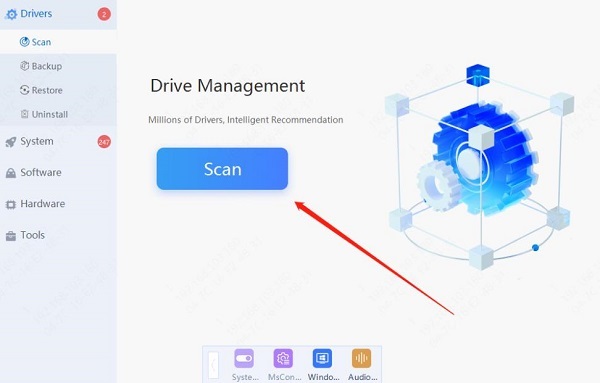
Once the scan is complete, it will show which drivers need installation or updates. Find the graphics driver in the results and click "Update".
After updating, it's recommended to restart your computer to ensure the new drivers work properly.
Way 2: Adjust Graphics Settings
Most games or graphic-intensive software offer a "Settings" or "Options" menu that allows users to tweak graphics-related configurations.
Higher resolutions place more load on the GPU. Lowering the resolution can improve frame rates and system responsiveness.
Anti-aliasing smooths images but significantly increases the GPU's workload. Consider setting anti-aliasing to "Low" or turning it off.

High-quality textures and shadows increase the GPU's computational load. Lowering these settings can improve performance.
Effects like bloom, motion blur, and ambient occlusion consume a lot of resources. You can turn these off or set them to "Low".
Way 3: Regular System Cleaning
Open "This PC", right-click the disk you want to clean (usually C:), and select "Properties".
Click "Disk Clean-up". The system will scan and list files that can be cleaned, such as temporary files and Recycle Bin files.
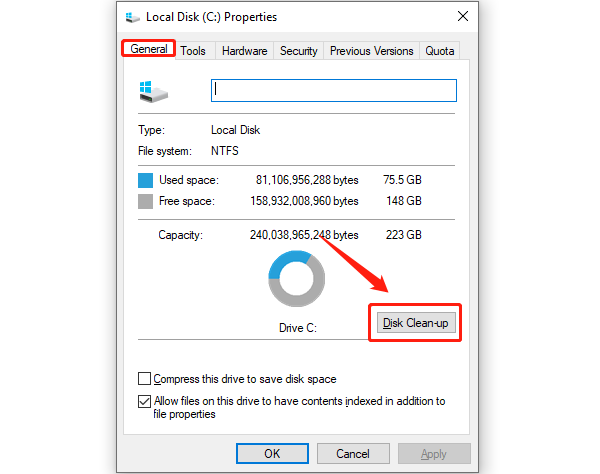
Check unnecessary files, click "OK", and proceed with the cleanup.
Go to "Control Panel" > "Programs and Features" and uninstall unused programs to free up valuable system resources.
Way 4: Enable Hardware-Accelerated GPU Scheduling
Click the "Start" button and select "Settings" (gear icon).
In "System", select the "Display" tab.
Scroll to the bottom of the "Display" page and click "Graphics Settings".
Find the "Hardware-accelerated GPU scheduling" option and toggle it to "On".
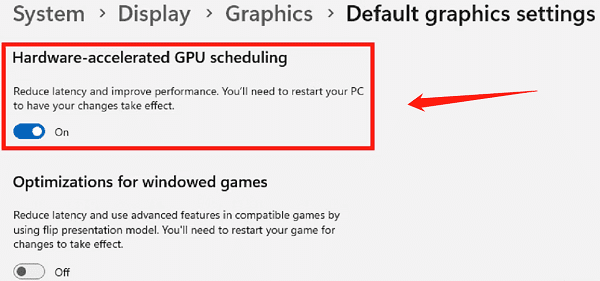
After setting, restart your computer to ensure proper functionality.
Way 5: Use Power Management Mode
Open "Control Panel" and select "Hardware and Sound".
Click "Power Options".
In the Power Options menu, select "High Performance". If this option isn't visible, click "Show Additional Plans" to expand more choices.
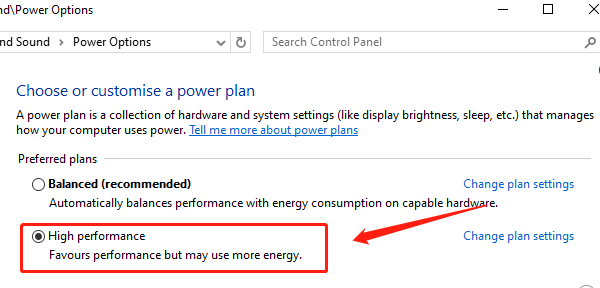
You can also customize advanced settings in the high-performance plan, such as power management for processors and graphics cards, ensuring sufficient power during high-load tasks.
Way 6: Manage Background Programs
Press Ctrl + Shift + Esc to open Task Manager.
In the "Processes" tab of Task Manager, review all running programs and their resource usage.
Right-click on programs using a large amount of CPU or memory, and select "End Task" to close them.
In Task Manager, switch to the "Startup" tab. Right-click on programs that don't need to launch at startup and select "Disable".
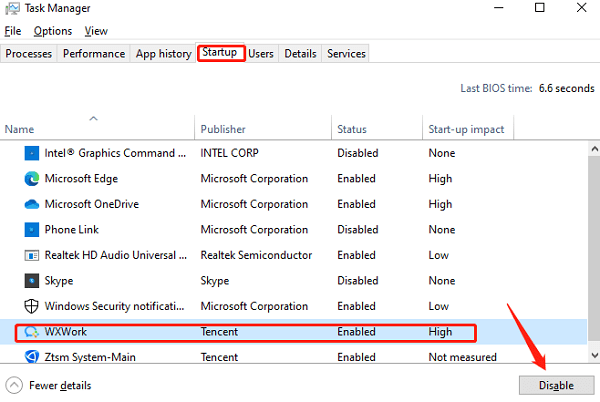
Regularly check background programs to ensure that no unnecessary ones are consuming valuable system resources.
Way 7: Improve Cooling Performance
Dust buildup on the GPU and inside the case can obstruct airflow, leading to poor cooling. It's recommended to clean your graphics card, heat sink, and fans with compressed air or a vacuum every 3–6 months.
Ensure good airflow both inside and outside the case, avoiding cable obstruction of air paths.
If the fan count is insufficient, consider adding fans or upgrading to more efficient cooling solutions.
If GPU temperatures remain too high, you may want to replace the GPU cooler or add a liquid cooling system to effectively lower the temperature.
Use software to monitor GPU temperatures in real-time, ensuring they stay within a safe range (typically below 85°C).
By following these steps, you can significantly enhance your graphics card's performance. With optimized hardware settings and regular maintenance, you'll be able to handle high-intensity tasks easily, ensuring exceptional performance in gaming, design, or video editing.
See also:
6 Methods to Fix Bluetooth Speaker Not Working
How to Download and Perform a Clean Installation of Windows 11